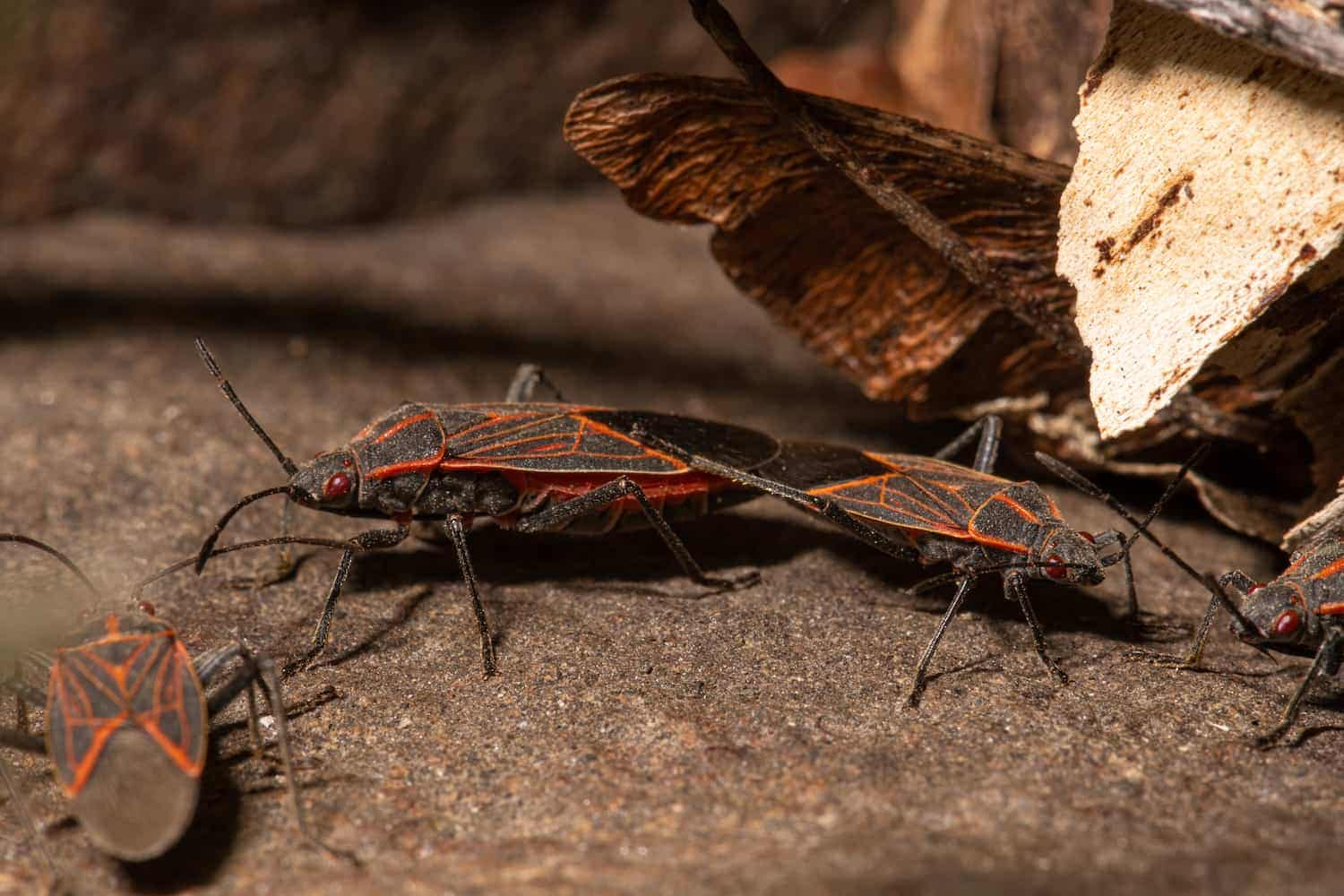The cooler weather is back and here to stay and that means we’re pulling our coats, boots, mitts, hats and scarves from the back of the closet and moving them to the front. While we apply layers, those pests that are looking to overwinter may be trying to settle in with you. To keep those overwintering pests out of your hot chocolate and holiday merriment, here are a few tips and tricks to stay pest-free this winter!
Overwintering? What Is That?
What does it mean when we say a pest overwinters? The term “overwinters” is as literal as it sounds and means surviving or lasting through the bitter cold of winter. Animals and insects have a biological instinct to overwinter and protect themselves from the elements in a variety of ways, such as bears fattening up for hibernation or ladybugs preparing to hibernate in a moist, dark place, such as an attic or basement. Some insects lay all their eggs in a safe place to overwinter and then die off as their babies continue on the legacy in spring when they hatch. Others hatch before it’s too chilly and the larvae or nymphs will burrow beneath soil and leaves or even underneath sheets of ice to last until springtime.
What Kinds of Pests Overwinter?
Some of the pests that we have overwintering with us in Alberta are ladybugs, boxelder bugs, wasps, hornets, cluster flies and mice. These are just some of the varieties we have that overwinter in the prairies, but these are the ones you would likely be dealing with the most. Keep an eye on walls that get a lot of sun as cluster flies and other insects may warm up in the sun when they can. This is especially true for buildings like warehouses or barns with large amounts of surface area to cozy up on.
How Do I Deal With Overwintering Pests?
The best form of prevention for infestation is preparation. If you didn’t get a chance to pest-proof your home and office over the fall, now is as good a time as any. Start by investigating the exterior of your home, office, or other structure on your property. You’re looking for any hole, crevice or crack in the foundation and around doors and windows. For the smaller nooks and crannies, use caulking or filler. For any hole the size of a dime or even just slightly smaller, be sure to use steel or copper wool to fill the gap. Mice will chew through a layer of caulking with no problem, but they won’t touch steel or copper wool. Replace any deteriorating weather stripping, install door sweeps where possible, and make sure to pay extra attention to utility hook-ups and chimneys. Finally, make sure to clear any debris in your yard such as leaf piles, wood or scrap piles, or even wild vegetation as pests will look for shelter first in the debris leading to your home or building and follow you inside.
If you’ve prepared for those overwinter pests but you’re still a little worried, don’t hesitate to call us at (403) 262-1666. Give yourself peace of mind by booking regular inspections and continuing your pest control practices all year long. We can’t wait to help you go into 2022 pest-free!



